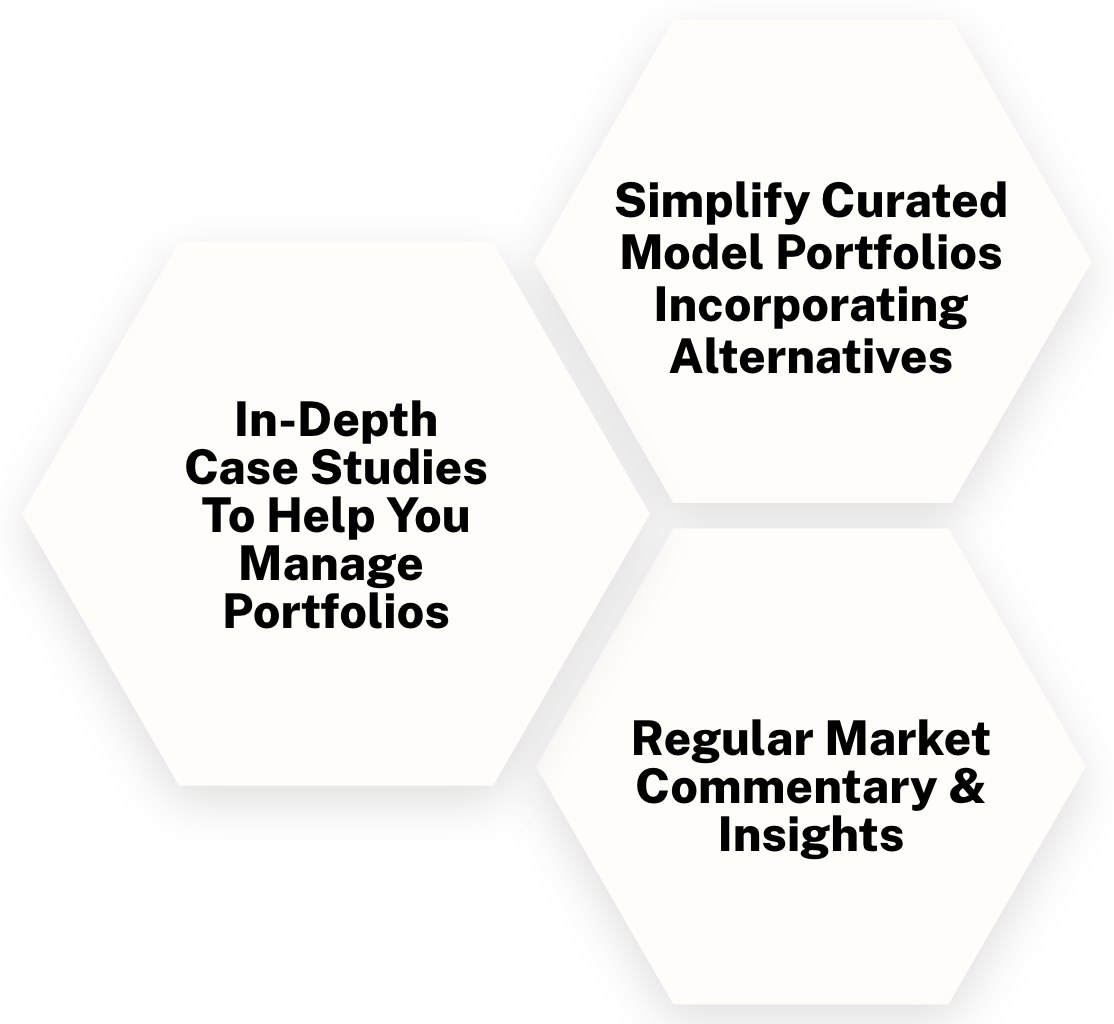Simplify
101
What is Convexity?
Convex investment strategies are expected to be highly correlated with the benchmark in typical market environments but diverge to the positive in extreme markets. There are no free lunches though, and convex strategies are expected to lag during quiet markets.
Read more about What is Convexity?
What is an Option?
An option is a contract that gives the buyer the right to either buy (in the case of a call option) or sell (in the case of a put option) an underlying asset at a pre-determined price by a specific date. Options are a powerful tool for creating a wide array of payoff profiles and can be used on a standalone basis or integrated into a broader portfolio strategy.
Read more about What is an Option?
What are Option Greeks?
Option prices are determined by a number of factors that influence the position’s potential risk and reward. These factors, often referred to as the “Greeks”, are the quantities representing the sensitivity of the price of the option to a change in the underlying parameter, such as price movement, time, risk-free interest rate, or volatility.
Read more about What are Option Greeks?
What is an ETF?
Exchange traded funds (ETFs) are baskets of stocks, bonds, or other assets that are pooled together into a single entity that investors can buy shares of intra-day on stock exchanges through their brokerage accounts. ETFs are very efficient investment vehicles that provide access to a variety of investments and investment strategies previously inaccessible to many investors.
Read more about What is an ETF?
What are the Best Practices for Trading ETFs?
Exchange traded funds (ETFs) have become one of the most popular types of investments today. ETFs are traded as easily as any other listed stock on an exchange. When it comes to ETFs, seemingly small trading factors can have a big impact on the overall investment. Here are a few tips to help you navigate the ETF space.
Read more about What are the Best Practices for Trading ETFs?
